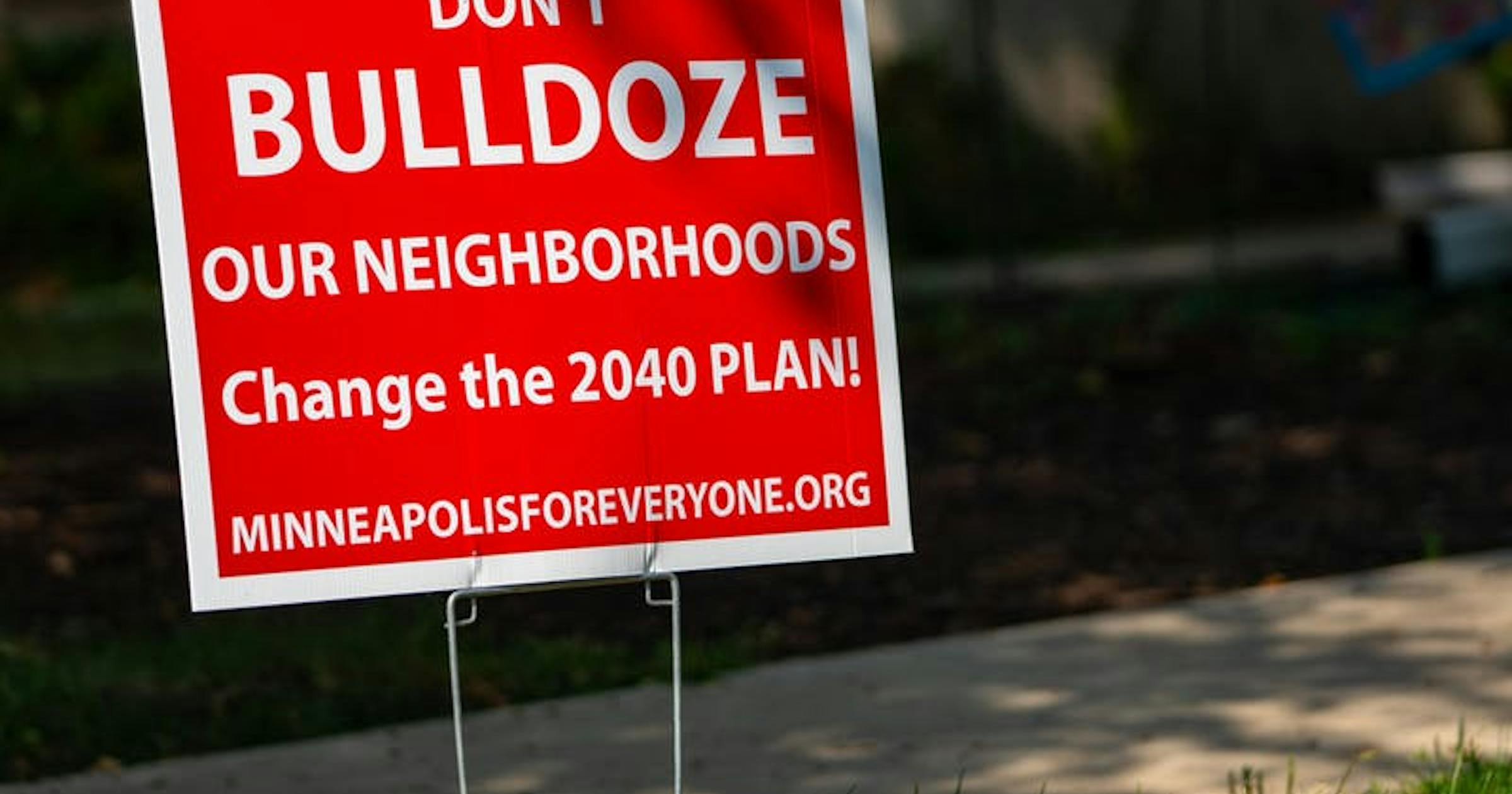Opinion editor's note: Star Tribune Opinion publishes a mix of national and local commentaries online and in print each day. To contribute, click here . ••• In a recent podcast, Ezra Klein of the New York Times talked about two dueling visions of environmentalism.
In one version of environmentalism are things that improve and preserve the local environment, like reducing air pollution, reducing polluted water runoff, preserving habitat, and expanding green space, trees and plants. Another version of environmentalism is addressing climate change by reducing our carbon footprint. Environmentalism in this sense supports policies like concentrating new housing in urban cores, because people who live in urban cores travel less distances by automobile.

It argues building more multifamily housing because multifamily housing uses less energy than single-family homes. It supports demolishing old buildings and replacing them with higher density energy-efficient buildings. Klein labels these two paradigms "green environmentalism" and "gray environmentalism" because the second vision often results in places with a lot of concrete and little green space, tree canopy, habitat or other hallmarks of a healthy local environment.
In many ways, "gray environmentalism" is incompatible with "green environmentalism" because lots of large buildings and concrete may be more utilitarian globally, but at the expense of the local environment. The city of Minneapolis passed the 2040 Comprehensive .
















